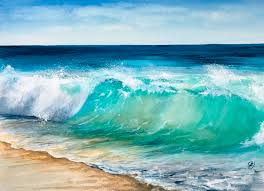 Our oceans hold many secrets. They are a huge part of the world that we live in. If they get too high or too low, it can lead to major problems for our world. This is why we look so hard at the glaciers and global warming trends that may change the world in unbelievable ways. It is also one of the main reasons there are projects like MariaBox.
Our oceans hold many secrets. They are a huge part of the world that we live in. If they get too high or too low, it can lead to major problems for our world. This is why we look so hard at the glaciers and global warming trends that may change the world in unbelievable ways. It is also one of the main reasons there are projects like MariaBox.
What Is the MariaBox?
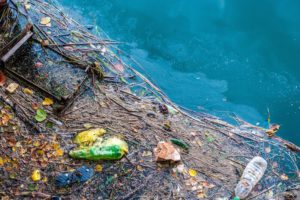 This box is a device that monitors our oceans. It looks for biological and chemicals that may be polluting our waterways. It is installed in a buoy and can be seen in a variety of areas.
This box is a device that monitors our oceans. It looks for biological and chemicals that may be polluting our waterways. It is installed in a buoy and can be seen in a variety of areas.
This device works in the same way that biosensors work. It is very portable and has very high sensitivity so that it can record measurements over long periods of time.
Why We Need to Know About Pollutants in the Ocean
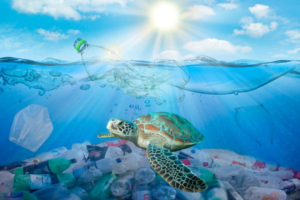 One of the main reasons we have to worry about pollutants is simple. Our aquatic life. The oceans around us, the ones that we depend on, are being filled with all types of trash, oil, carbon emissions, and noise. It is interrupting the way that our fish thrive. We have all seen the effects of an oil rig that goes bad. The water for miles around it becomes nasty for fish and all other types of organisms in the water. It coats their fur and fins, making it impossible for birds to fly, fish to breathe, and more.
One of the main reasons we have to worry about pollutants is simple. Our aquatic life. The oceans around us, the ones that we depend on, are being filled with all types of trash, oil, carbon emissions, and noise. It is interrupting the way that our fish thrive. We have all seen the effects of an oil rig that goes bad. The water for miles around it becomes nasty for fish and all other types of organisms in the water. It coats their fur and fins, making it impossible for birds to fly, fish to breathe, and more.
It isn’t just the oil rigs though. We have airplanes, boats, lawnmowers, and more. It all leaks oil which will eventually end up in our oceans. Even though that vehicle may never touch the actual ocean, runoff from heavy rains can push oil-covered dirt into the waters around your area.
Then, you have to consider trash and debris. How much trash is in our oceans? Think about the stuff that boaters may have blowing overboard. Plastic is the main culprit, but cans and other trash are also ending up there. We have heard reports and seen videos of how turtles end up eating plastic. Fish can get caught in it. It washes up on beaches so that people don’t want to swim in the oceans. The list of issues is unending.
Can We Fix Our Oceans?
It isn’t possible to eliminate every possible problem for our oceans. We aren’t going to stop riding boats, having leaky mowers, and other things. However, if you have a boat, you can prevent those oil spills. To keep trash out of the ocean, you can recycle the plastic that you have to use and choose other options when possible. You can cut down on your use of fertilizers in your yard or garden. You also have the option to purchase “ocean-friendly” stuff to ensure that if it does end up in the ocean it will not cause lasting problems.
In short, there are millions of things that you may be able to do if you want to change our oceans and make them a nicer place to be.

 Driftwood:
Driftwood:

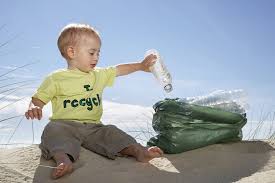 Most of the time, we do not think about where the trash goes once we take it to the county dump or have the garbage truck pick it up on its way through. We never question whether it is being disposed of properly once it leaves our home. We simply know that we do not want it anymore. Perhaps it is time that we start asking questions because a lot of times our trash is ending up in our oceans. This is not good for us or the world we live in. Therefore, before you send things to the county dumpster, decide if there is a better way for you to dispose of the unwanted things you have. You can do this by trying to recycle, reuse, and upuse the things that we can.
Most of the time, we do not think about where the trash goes once we take it to the county dump or have the garbage truck pick it up on its way through. We never question whether it is being disposed of properly once it leaves our home. We simply know that we do not want it anymore. Perhaps it is time that we start asking questions because a lot of times our trash is ending up in our oceans. This is not good for us or the world we live in. Therefore, before you send things to the county dumpster, decide if there is a better way for you to dispose of the unwanted things you have. You can do this by trying to recycle, reuse, and upuse the things that we can.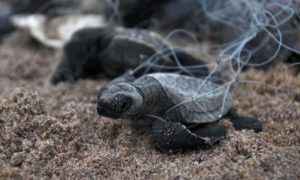 There are several things that you personally can do to reduce the amount of trash in our oceans. For instance, you can:
There are several things that you personally can do to reduce the amount of trash in our oceans. For instance, you can: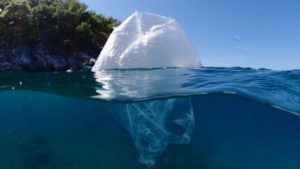 If you see trash on the ground, do you walk on past or do you toss it in the nearest trashcan? If you have an old dresser that you no longer want, do you send it to the landfill or give it to someone else to use? One man’s junk is another man’s treasure. We need to always remember that. If we all choose to consider our options to recycle, reuse, and upuse, we can make a difference.
If you see trash on the ground, do you walk on past or do you toss it in the nearest trashcan? If you have an old dresser that you no longer want, do you send it to the landfill or give it to someone else to use? One man’s junk is another man’s treasure. We need to always remember that. If we all choose to consider our options to recycle, reuse, and upuse, we can make a difference.